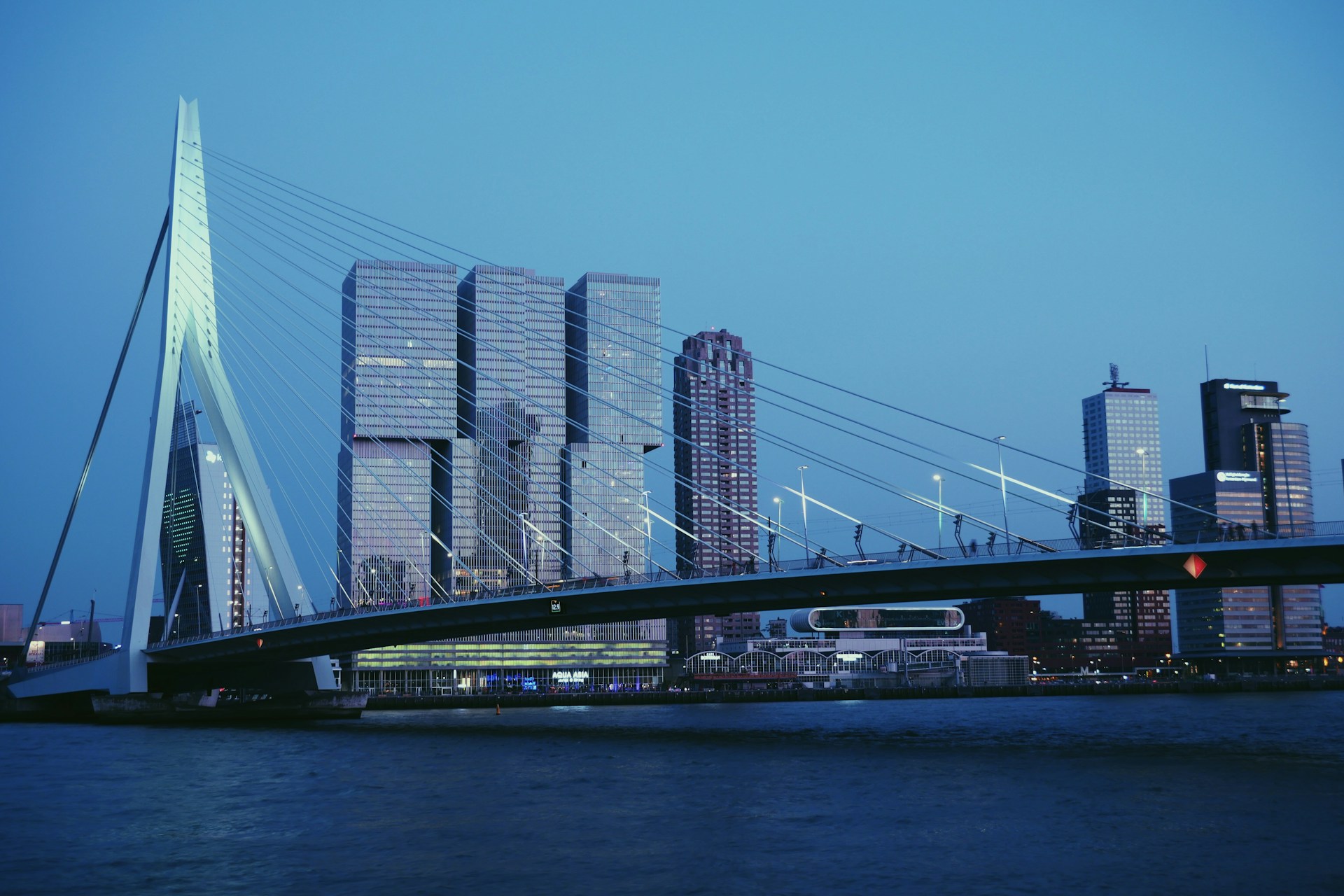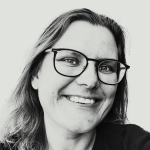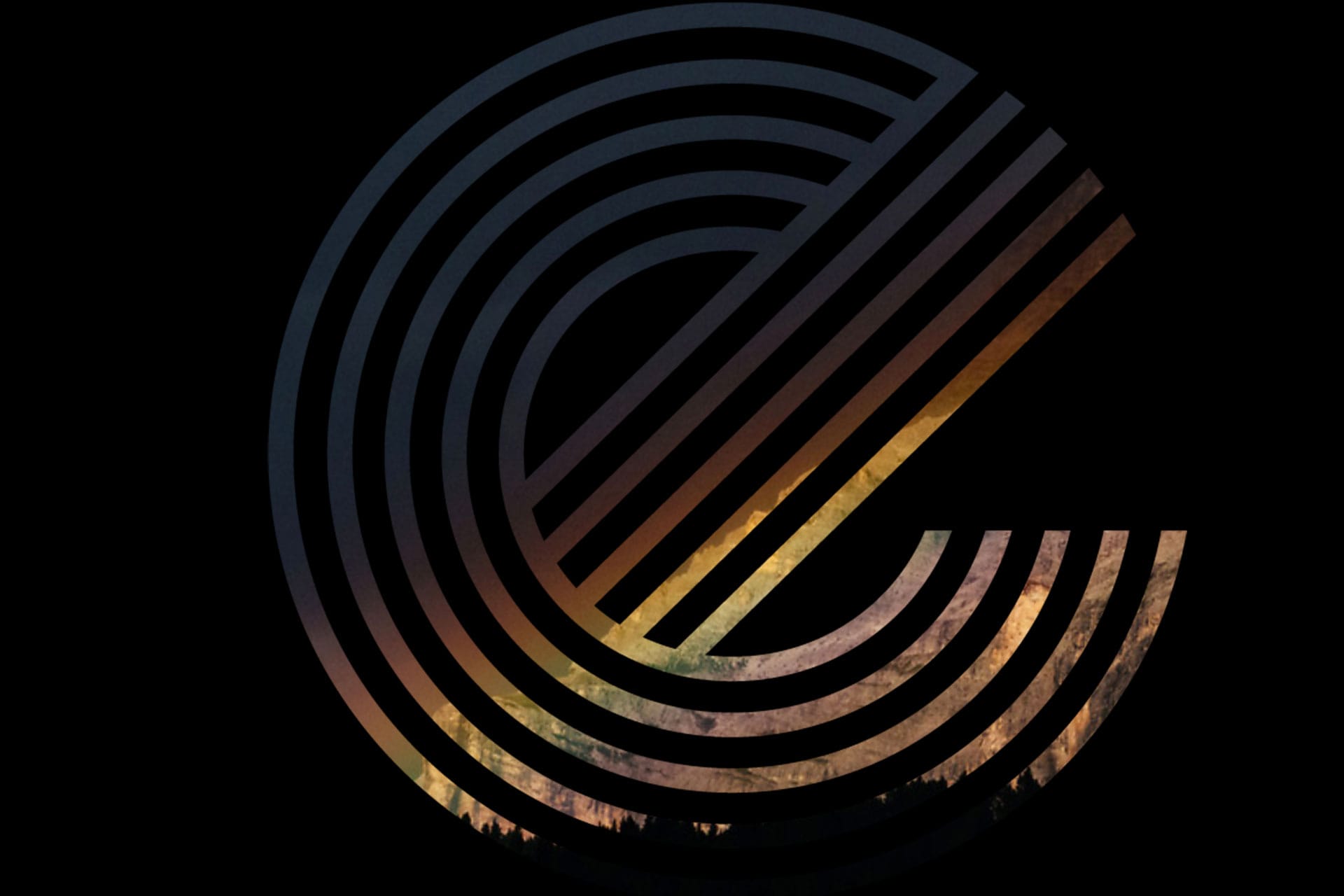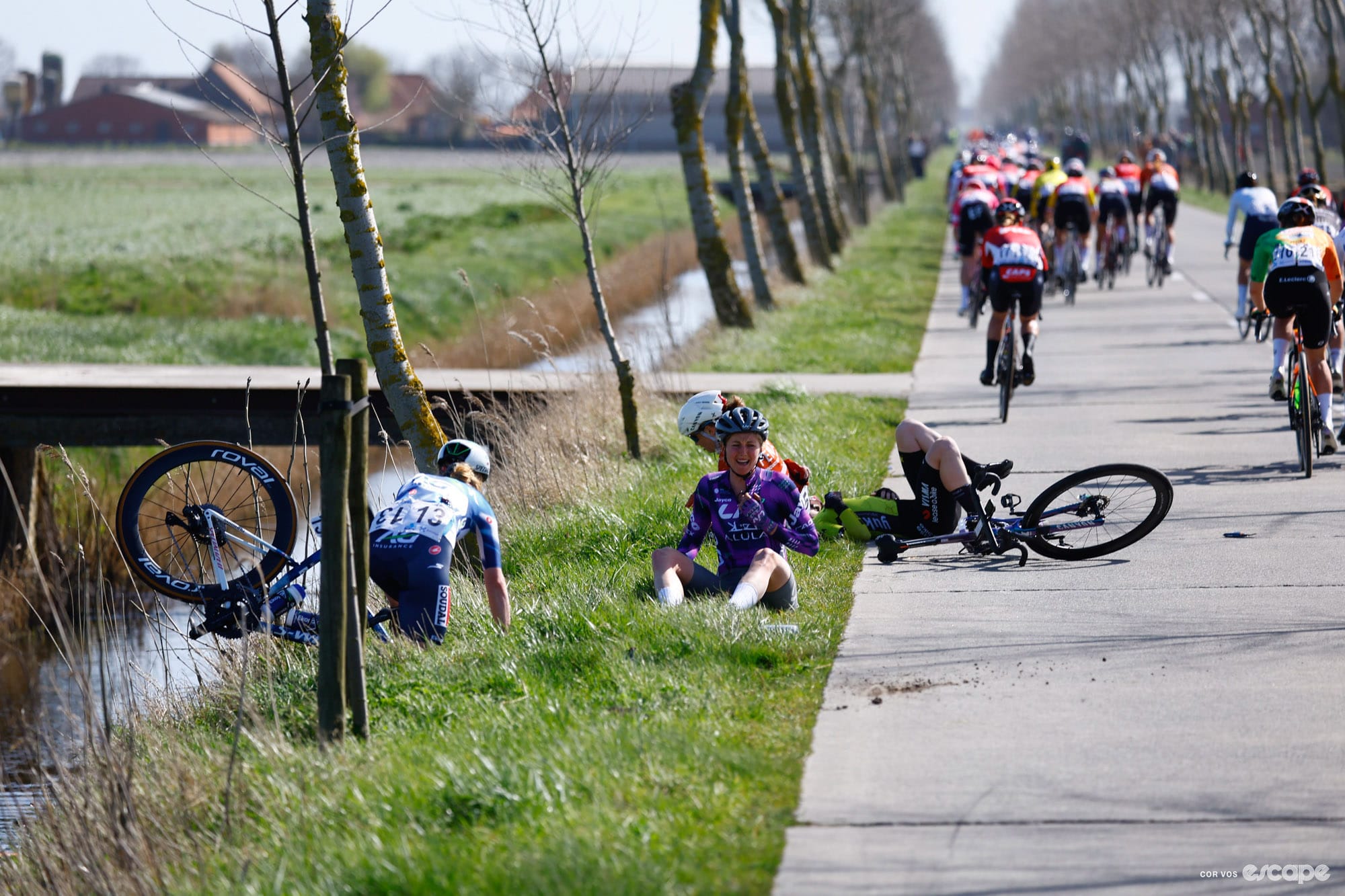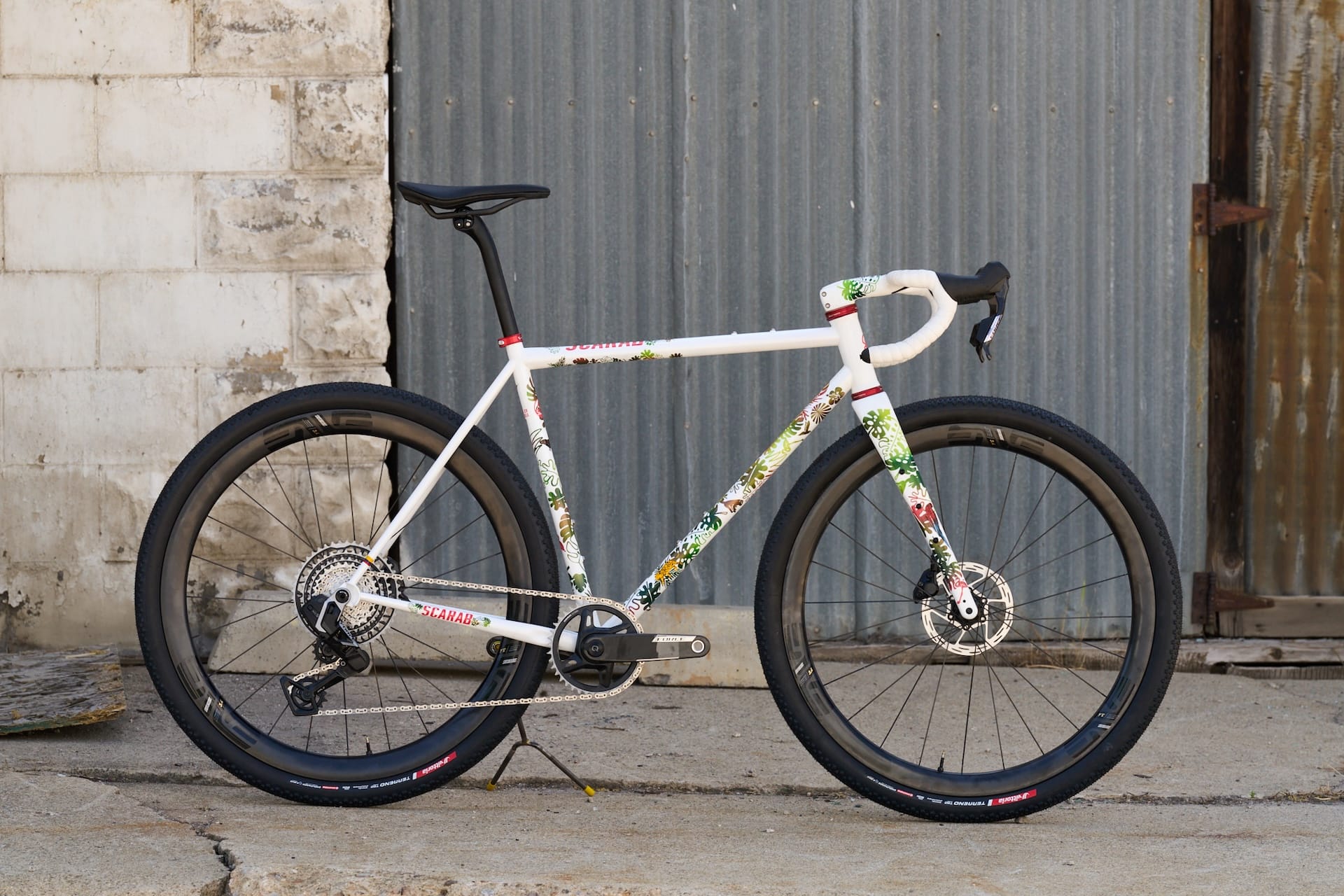On day two of the Tour de France Femmes we have two stages: a flat stage from Dordrecht – Lucinda Brand’s hometown – and a time trial in Rotterdam.
Dordrecht might not be on your radar straight away when it comes to Dutch cities, but it’s packed with history and historical buildings. It got its city rights in 1220 and that’s over 50 years before Amsterdam got its own. In the Middle Ages it was one of the most important cities of the west of the Netherlands, the region we historically call Holland. They traded in wood, wheat and wine. It has some beautiful little harbours and canal houses in the centre of town like its more-famous counterparts Delft and Leiden.
Residents of Dordrecht are called "Schapekoppen," or "sheep’s heads," a name probably based on a saga, which may date back to the Middle Ages when there were toll walls around the city. In an attempt to evade the toll on cattle, Dordrechters would put a sheep in human clothes in order to smuggle it inside the city walls. However, the deception was uncovered: just when they wanted to take the sheep through the gate, the animal started bleating.
Three of the cities on the route of stage 2 have the name Drecht: Dordrecht, Papendrecht and Barendrecht. It comes from the old middle-Dutch word Trecht and that is one of the oldest words in our language. It comes from the Latin "Traiectum." The designation Traiectum was used to indicate a place where a river was fordable or crossable. Cities with such a suffix in their name usually owed it to their proximity to a ford.
In the same category are cycling-related cities like Utrecht which has hosted all three men’s Grand Tours; Mijdrecht, hometown of Lorena Wiebes; and Maastricht, start town of the Amstel Gold Race. Dordrecht is surrounded by waterways as you will no doubt see during the stage broadcast. The only elevation we actually have in this part of the world is climbing out of tunnels or sprinting over bridges. I often ride in this region and can easily do a 50 km ride with less than 50 meters of elevation gain.
Speaking of bridges: the main feature of our stage 3 time trial is the Erasmusbrug, without a doubt. The bridge is named after one of the most famous Rotterdammers, the humanist Desiderius Erasmus, and is a fantastic sight to see. It is nicknamed the Swan. It is one of the two bridges over the Nieuwe Maas. The other is the equally iconic Willemsbrug that is also part of the time trial course.
The Erasmusbrug opened in 1996. It is 284 meters long and actually pretty steep so bigger boats can sail underneath. It is not the first time the Erasmusbrug features in the Tour. In 2010 the Tour de France Hommes started in Rotterdam. The bridge featured in the prologue and was the start of stage 1. The bridge looks white but is actually baby blue. This year they will repaint the entire thing. Quite the job.
Did we do a good job with this story?

